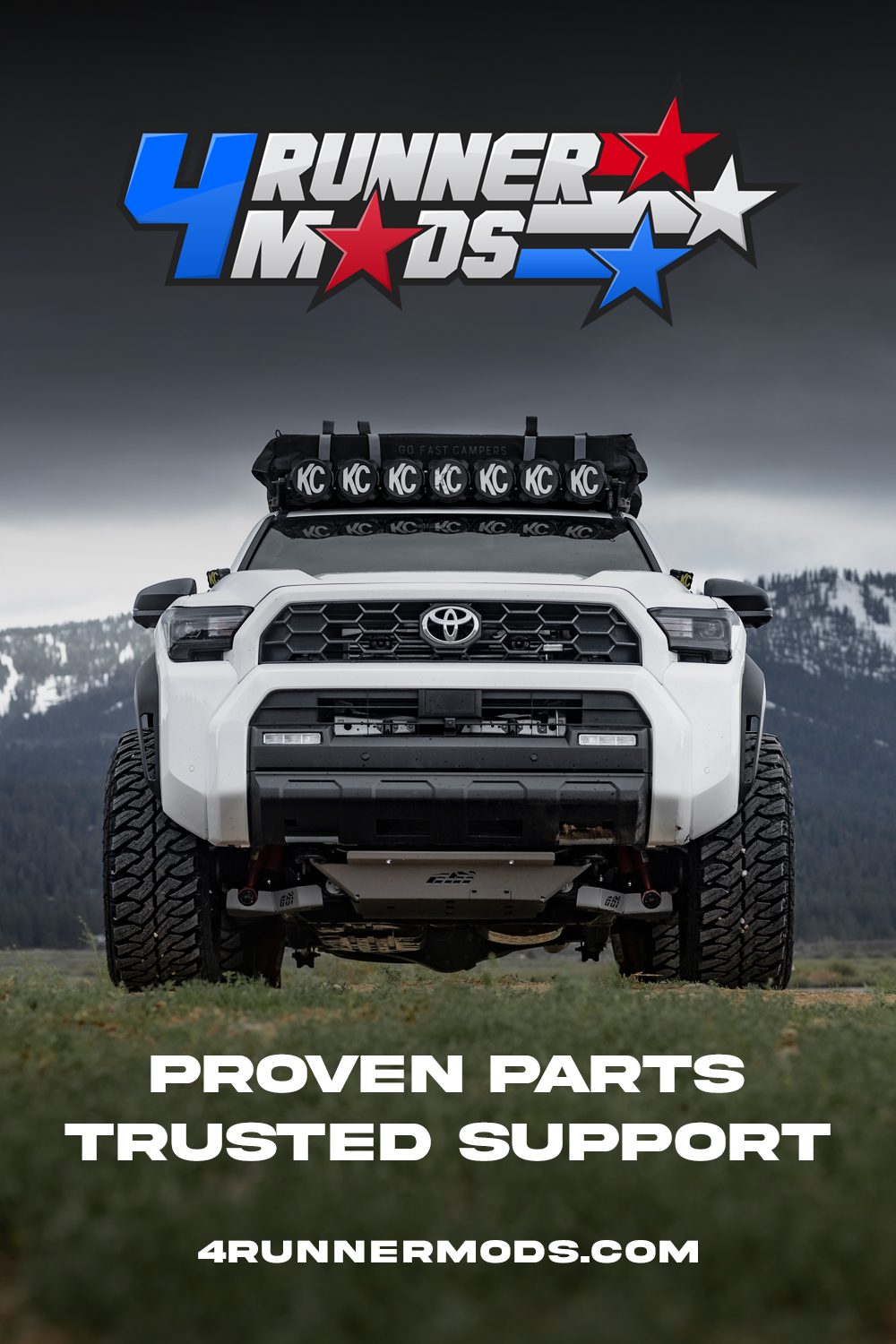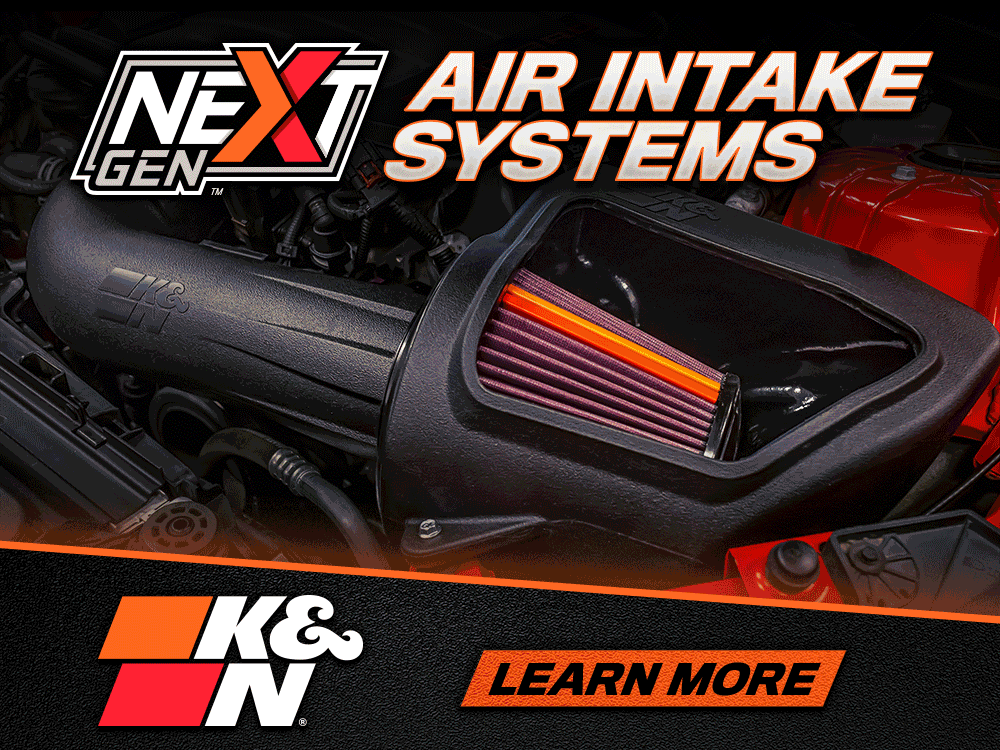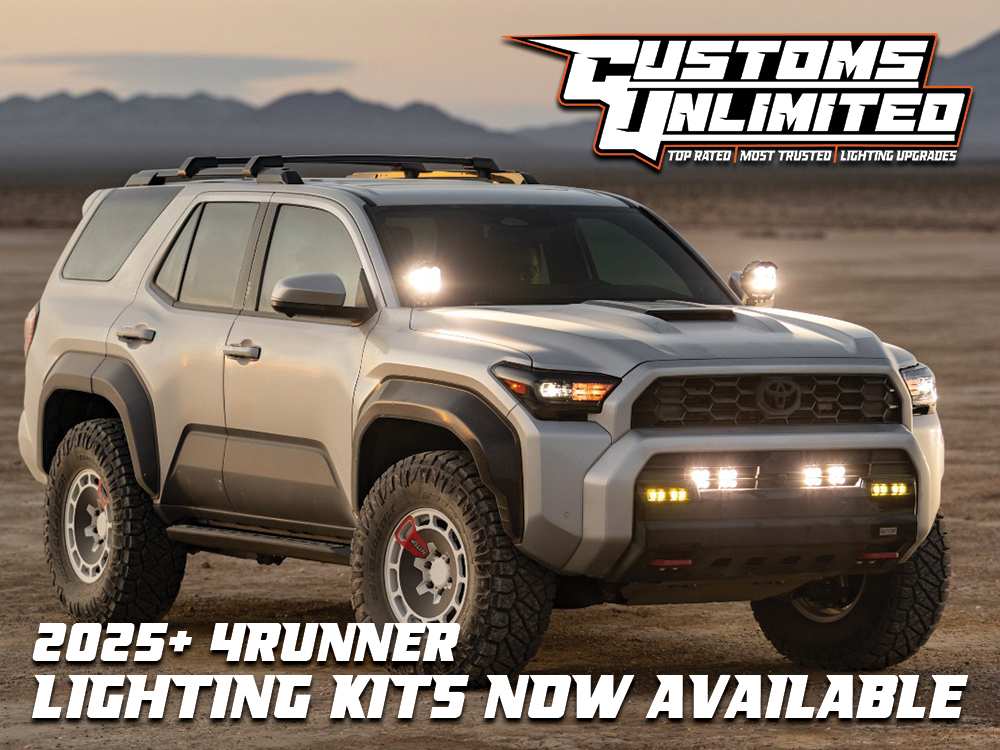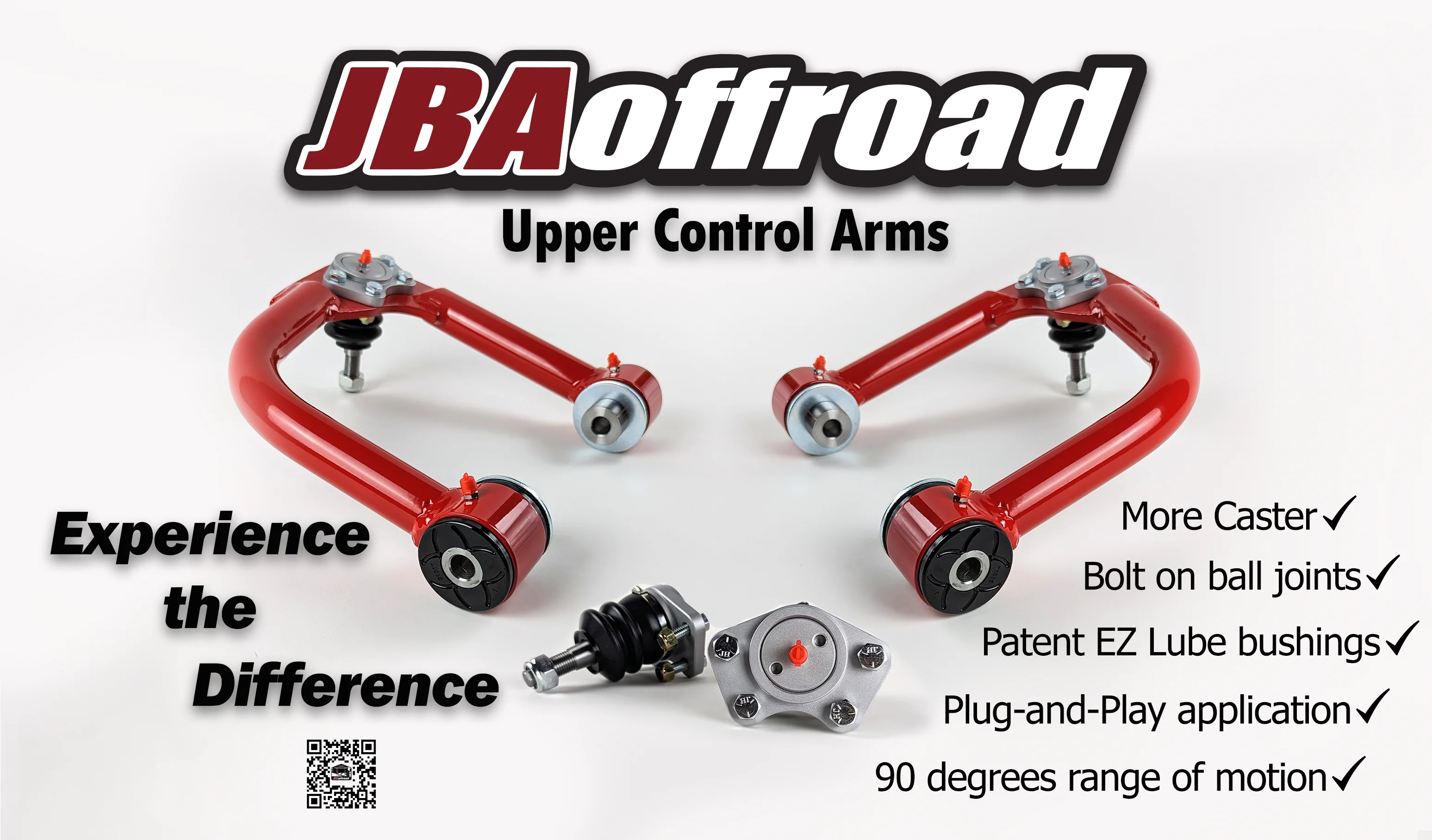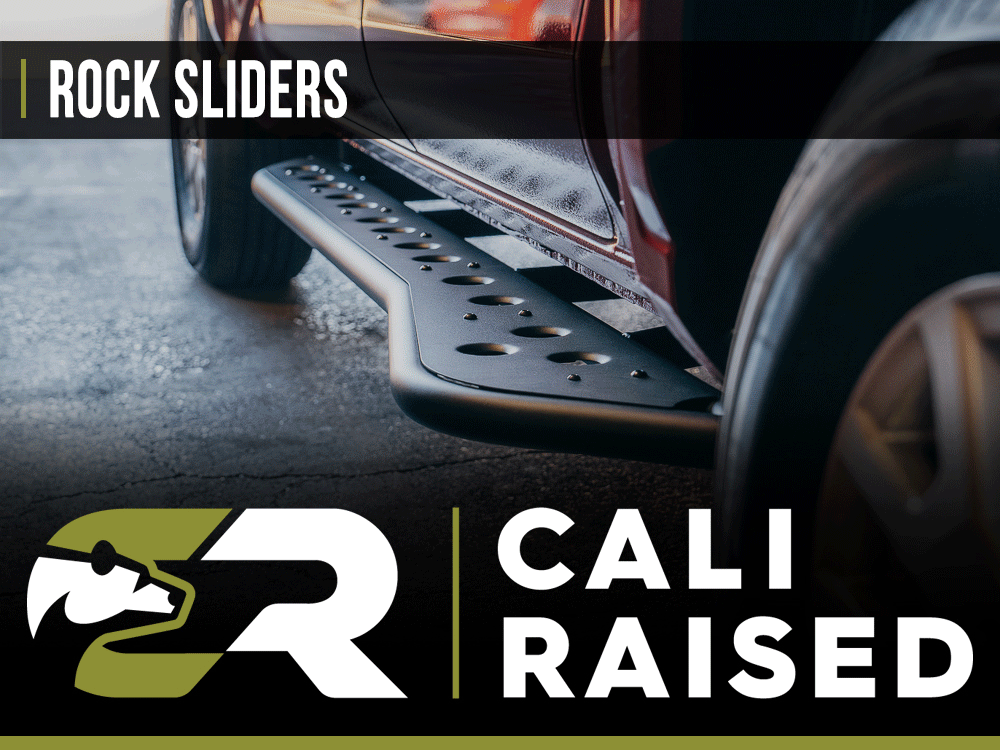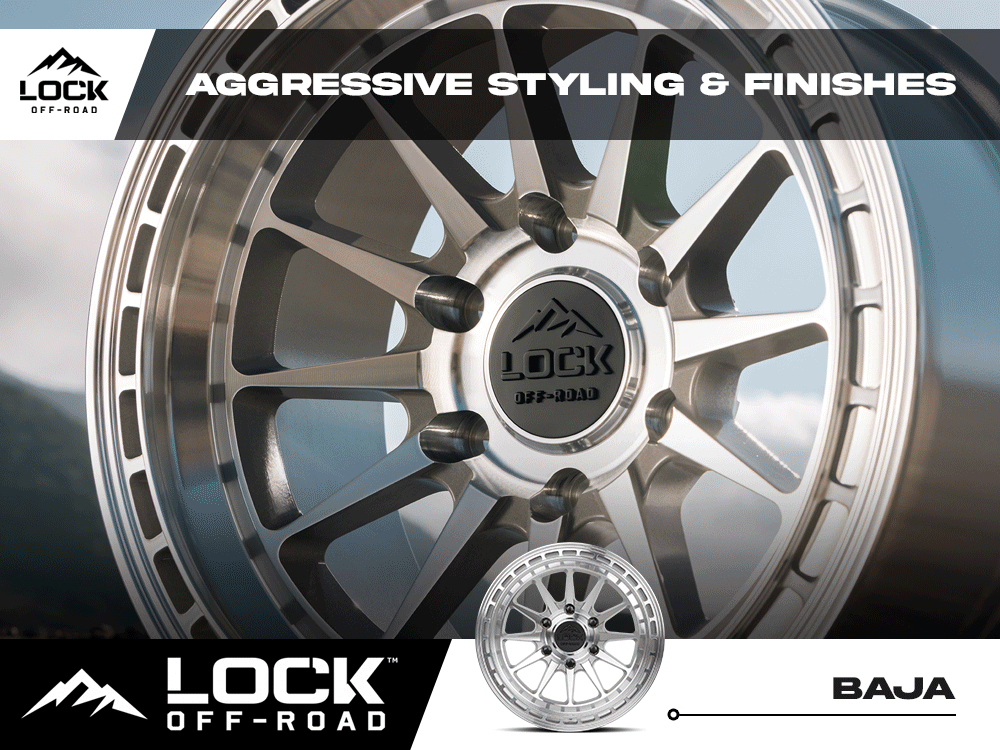Hi all - I just put KO3s on my trail hunter, and am wondering about correct tire pressure on the tires. Toyota recommends 33 psi on the original tires, but what about KO3s? I just texted with a tire rack rep and he suggested 52 psi. That seems high to me, but he said it would allow the truck to ride at the Toyota-recommended height. Does that make sense to those who know these tires?
You are using an out of date browser. It may not display this or other websites correctly.
You should upgrade or use an alternative browser.
You should upgrade or use an alternative browser.
KO3 tire pressure on Trail Hunter?
- Thread starter Crawler
- Start date
Dinosoar21
New member
- Joined
- Oct 19, 2025
- Messages
- 8
- Reaction score
- 3
Isn't 52psi at or near the absolute maximum of the tire? Sorry to answer a question with a question, but a very relevant spec.
Good question — this is really important when switching to E-rated (10-ply) tires like the BFGoodrich KO3s**.** Let’s go through this step by step so you can safely dial in the right PSI for your 4Runner.
Here’s how that works:
At 33 PSI, your stock P-metric tire supports ≈ 2,200 lbs per tire.
An LT-E tire supports that same load at about 42–44 PSI.
That’s the sweet spot.
Excellent question — and yes, E-rated tires do usually need more pressure than your stock P-metric or C-rated tiresto safely carry the same load.
Let’s break it down clearly so it makes sense:
 Bottom line:
Bottom line:
Yes — E-rated tires need more PSI than stock to support the same weight. For your 4Runner, plan to run around 42 PSI cold for everyday driving instead of the original 33 PSI.
Perfect — that makes things nice and specific.
Your Toyota 4Runner TRD Pro comes from the factory with Nitto Terra Grappler A/T 265/70R17 (≈32.6–33″) P-metric tires, not LT. Let’s go through what that means for your KO3 E-rated swap and how to set pressures correctly.
We want each tire to still support ~2,200 lb (same as stock at 33 PSI).
According to BFGoodrich’s load-inflation tables for LT 265/70R17 E:
So, 42 PSI gives you nearly the same carrying capacity as your OEM setup at 33 PSI.
Summary:
Your TRD Pro’s factory 33 PSI is ideal for its soft P-metric tires. After upgrading to KO3 E-rated tires, target ≈ 42 PSI cold for daily use — that restores the same load support and handling balance Toyota engineered, without over-stiffening or running them underinflated.
1.
If you have a 2021 Toyota 4Runner Lariat or similar SR5/Off-Road/Pro trim, your stock tires are typically:- Size: 265/70R17
- Load Range: P-metric (Passenger)
- Max Load (at max pressure):
- P-metric: ~2,470 lbs @ 44 PSI
- Toyota Recommended PSI (cold):
33 PSI front and rear
2.
Your KO3 E-rated tires are built for heavy-duty use, meaning:- Max pressure: 80 PSI
- Max load: ~3,195 lbs each @ 80 PSI
- Much stiffer sidewalls than stock, so running them at 33 PSI would be too low (underinflated and squishy).
3.
We want the new tires to carry the same load per tire that Toyota intended at 33 PSI.Here’s how that works:
At 33 PSI, your stock P-metric tire supports ≈ 2,200 lbs per tire.
An LT-E tire supports that same load at about 42–44 PSI.
That’s the sweet spot.

- Normal daily driving (empty truck):
Front: 42 PSI | Rear: 42 PSI - Heavily loaded / towing / highway with gear:
Front: 44–46 PSI | Rear: 46–48 PSI - Off-roading / airing down:
18–25 PSI depending on terrain
4.
- Expect a firmer ride — E-rated sidewalls are stiffer.
- If it feels too harsh, you can drop 1–2 PSI safely (to ~40 PSI cold) as long as you’re not heavily loaded.
- Check your tread wear after 1,000 km:
- Centre wear → too high PSI
- Edge wear → too low PSI
Excellent question — and yes, E-rated tires do usually need more pressure than your stock P-metric or C-rated tiresto safely carry the same load.
Let’s break it down clearly so it makes sense:
1.
An E-rated tire (Load Range E) is designed for heavy trucks and trailers:- Stronger sidewalls (10-ply equivalent)
- Rated for 80 PSI max pressure
- Much stiffer carcass
2.
Your 4Runner’s stock tires (P-metric or C-rated) typically handle about:- ~2,200 lb per tire @ 33 PSI
3.
Looking at the load inflation charts:- An E-rated 265/70R17 KO3 carries ~2,200 lb per tire at ~42–44 PSI
- To carry its max 3,195 lb rating, it would need the full 80 PSI
4.
- Daily driving (normal load): 40–42 PSI cold
- Heavy load or towing: 44–48 PSI cold
- Off-roading / airing down: 18–25 PSI (temporary)
5.
Even at 40–42 PSI, the E-rated tires will feel stiffer than your factory ones because the sidewalls are thicker. But that stiffness gives you better puncture resistance, load handling, and off-road durability.Yes — E-rated tires need more PSI than stock to support the same weight. For your 4Runner, plan to run around 42 PSI cold for everyday driving instead of the original 33 PSI.
Perfect — that makes things nice and specific.
Your Toyota 4Runner TRD Pro comes from the factory with Nitto Terra Grappler A/T 265/70R17 (≈32.6–33″) P-metric tires, not LT. Let’s go through what that means for your KO3 E-rated swap and how to set pressures correctly.
 Stock Tire Setup (TRD Pro)
Stock Tire Setup (TRD Pro)
- Size: 265/70R17 P-metric
- Load rating: ~2,469 lb @ 44 PSI (P-rated)
- Toyota-recommended cold pressure: 32 PSI front / 33 PSI rear
- Vehicle weight: ~4,750 lb curb (~1,200 lb per tire at rest, more under braking or load)
 Your New Tire: BFGoodrich KO3 Load Range E (10-ply)
Your New Tire: BFGoodrich KO3 Load Range E (10-ply)
- Size: likely 275/70R17 E (32.8″) or 285/70R17 E (32.7–33″)
- Max pressure: 80 PSI
- Max load: ~3,195 lb @ 80 PSI
 Load-Equivalent Math
Load-Equivalent Math
We want each tire to still support ~2,200 lb (same as stock at 33 PSI).According to BFGoodrich’s load-inflation tables for LT 265/70R17 E:
| PSI | Load (lb per tire) |
|---|---|
| 35 PSI | ~1,950 |
| 40 PSI | ~2,150 |
| 42 PSI | ~2,250 |
| 45 PSI | ~2,400 |
| 50 PSI | ~2,570 |
 Recommended Pressures for KO3 E on 4Runner TRD Pro
Recommended Pressures for KO3 E on 4Runner TRD Pro
| Situation | Front | Rear | Notes |
|---|---|---|---|
| Daily driving / normal load | 41–42 PSI | 41–42 PSI | Closest to factory load match |
| Highway / towing / full gear | 44–46 PSI | 46–48 PSI | Improves stability |
| Off-road / rocks / sand | 18–25 PSI | 18–25 PSI | Air back up before highway use |
 Extra Tips
Extra Tips
- Expect a firmer ride at 42 PSI vs stock 33 PSI.
- Check wear after 1,000 km:
- Centre wear → reduce 2 PSI.
- Shoulder wear → add 2 PSI.
- Always check pressures cold (before driving or in the morning).
Summary:
Your TRD Pro’s factory 33 PSI is ideal for its soft P-metric tires. After upgrading to KO3 E-rated tires, target ≈ 42 PSI cold for daily use — that restores the same load support and handling balance Toyota engineered, without over-stiffening or running them underinflated.
Daranello - Thank you for this incredibly detailed reply. Your post should go up as a sticky so others can refer to it as needed. I aired down to 42 immediately after reading it. I’m taking a big trip in a few weeks, Maine to South Dakota, and am interested to see how the tires wear over that period. Thanks again!
New Threads
Recent
Similar
- Replies
- 0
- Views
- 4K
- Replies
- 16
- Views
- 2K
- Replies
- 9
- Views
- 2K
- Replies
- 0
- Views
- 602
- Replies
- 20
- Views
- 3K
- Replies
- 0
- Views
- 1K
- Replies
- 2
- Views
- 8K
- Replies
- 3
- Views
- 1K
- Replies
- 5
- Views
- 7K
- Replies
- 2
- Views
- 769
- Replies
- 50
- Views
- 7K
- Replies
- 16
- Views
- 859
- Sticky
- Featured
- Replies
- 0
- Views
- 3K
- Replies
- 0
- Views
- 1K
- Replies
- 3
- Views
- 2K
- Replies
- 21
- Views
- 19K



